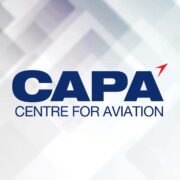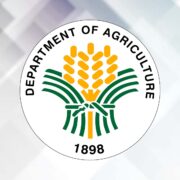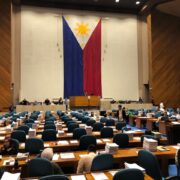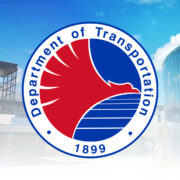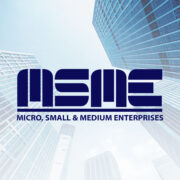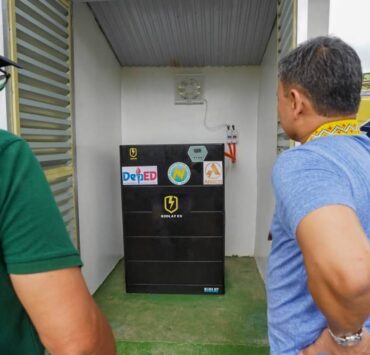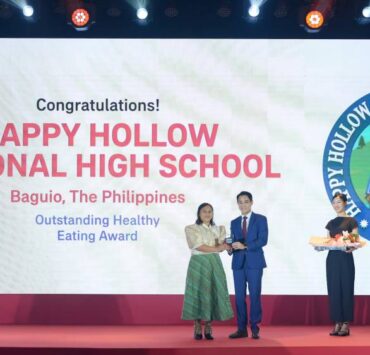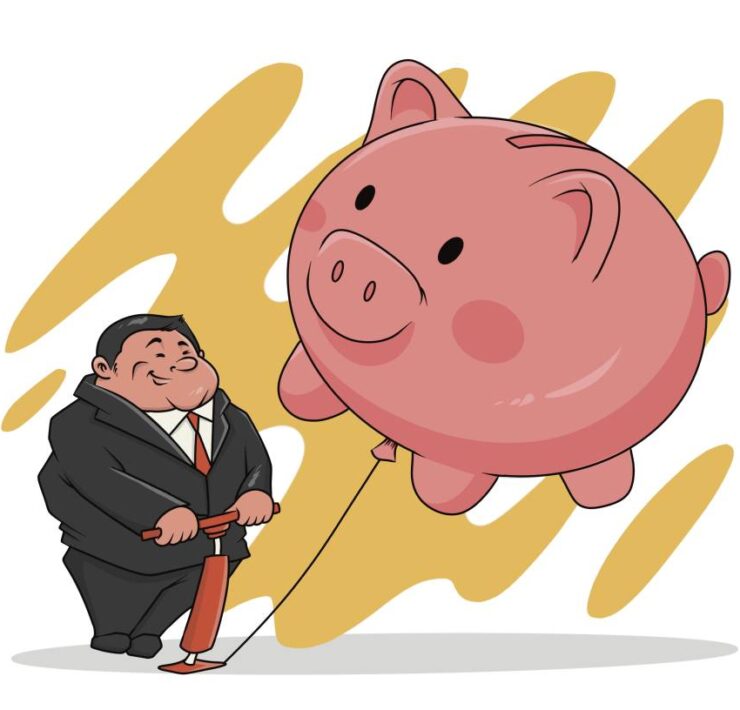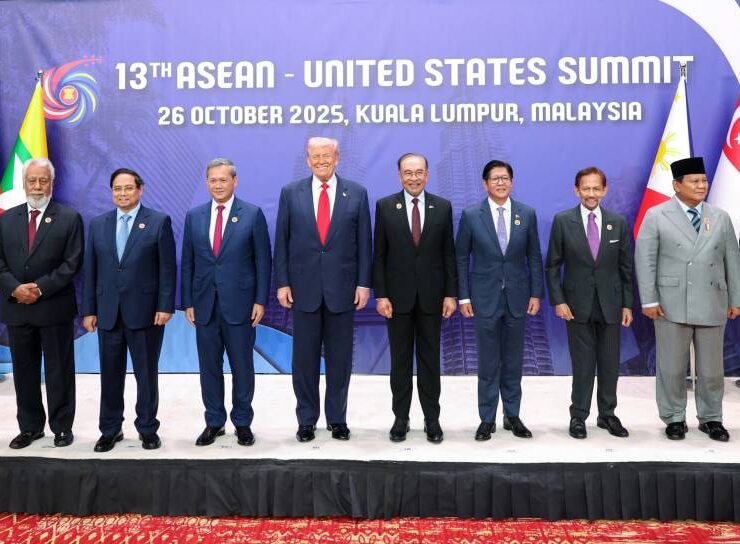Coffee or tea? Served in Tetra Pak
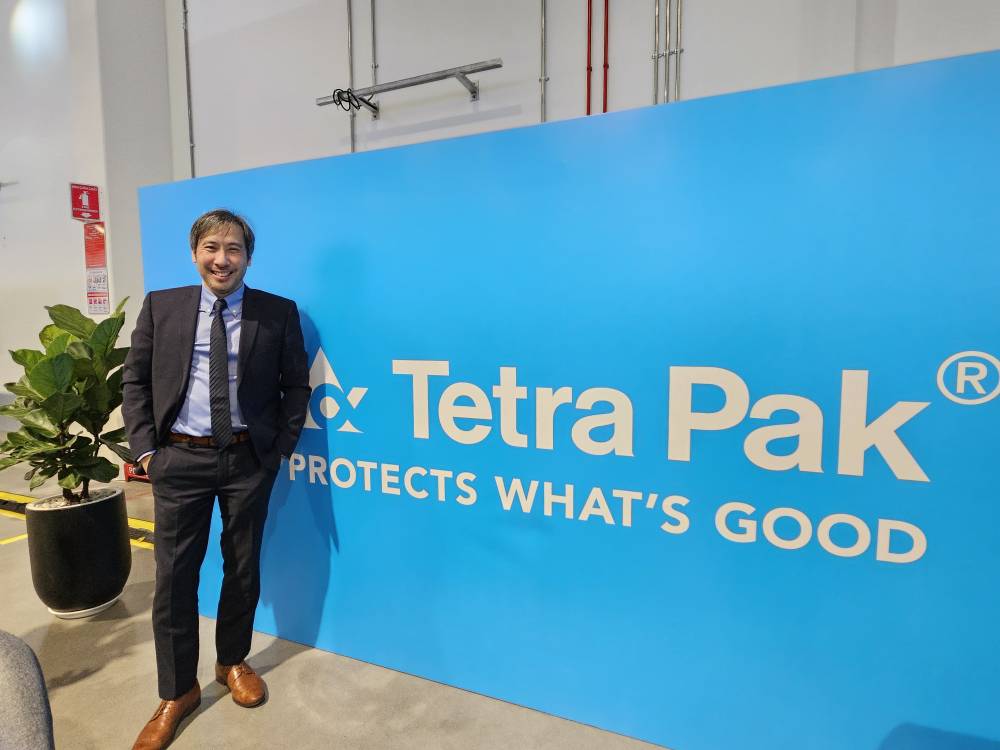
BINH DUONG, Vietnam—At first glance, Tetra Pak’s products seem oddly familiar, like a childhood friend whose name is dangling at the tip of your tongue.
Perhaps it’s the shape that’s cloaked in a different design. It is, after all, the universal term in the Philippines for anything that’s packaged in carton: a niece’s chocolate drink, mom’s pineapple juice, tita’s coconut water.
John Jose, Tetra Pak marketing director for Malaysia, Singapore, Philippines and Indonesia, provides some clarity that our childhood assumptions are true. Among Tetra Pak’s biggest customers in the country is Del Monte Philippines, whose products include the fruit juices that line grocery shelves, alongside other staple brands like Nestle, Selecta and Magnolia.
“In the Philippines, we have multiple customers,” Jose tells the Inquirer in an interview here. “If you go to the supermarket, you will see the brands there.”
While Tetra Pak has become a household name in the Philippines, Jose notes that they have yet to capture as many customers as those in neighboring countries.
Home to at least 110 million people, the Philippines presents a massive opportunity for Tetra Pak. At present, the country makes up only a small share of Tetra Pak’s client base, which mostly seeks its services for dairy products.
The majority, or 55 percent, of its products go to Vietnam, while 29 percent collectively go to Malaysia, Singapore, Philippines and Indonesia. The secret here is that Vietnam’s milk consumption is more than double that of the Philippines at 30 to 40 liters per capita, making it a large market for Tetra Pak.
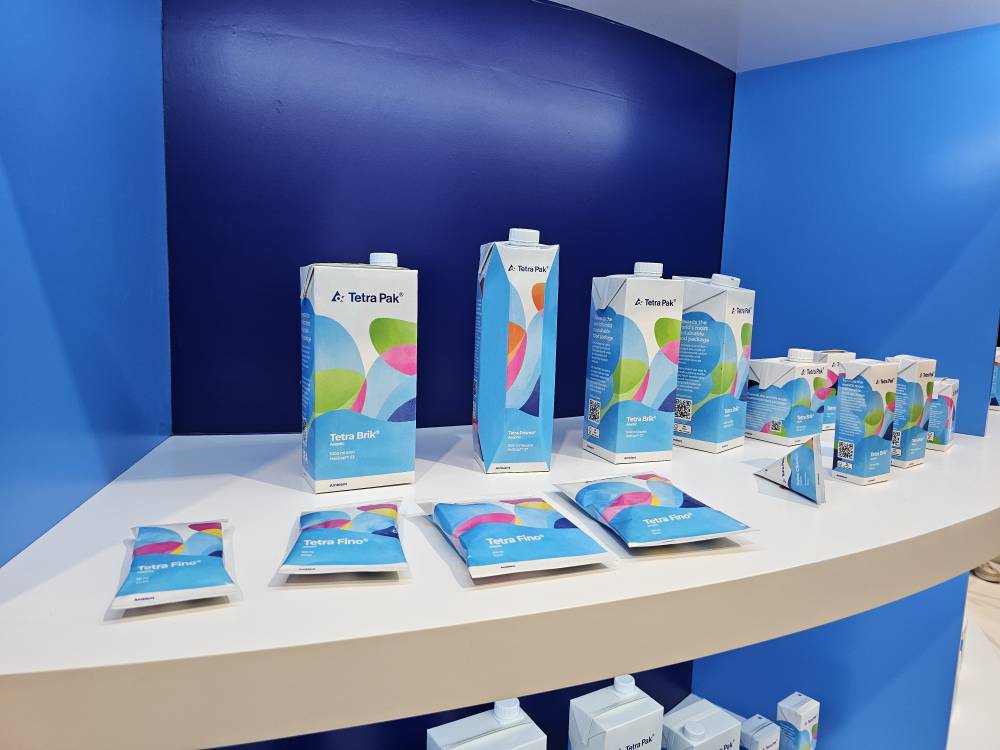
Dairy dynamics
Where might the challenge be for the Philippines, which had welcomed Tetra Pak a few years earlier than Vietnam?
Jose explains that it is in the form that dairy takes: In Vietnam, people consume more ready-to-drink milk, or those already in liquid form. Filipinos, on the other hand, prefer powdered milk because it is easier to transport; it occupies less space and it’s undeniably lighter.
“We cannot do powder in our solution,” Jose admits. “So there are new categories that we’re looking to enter.”
Armed with its P14.4-billion carton packaging factory in Binh Duong province, Vietnam, Tetra Pak is ready to penetrate a new category that’s also emerging in popularity in the Philippines: coffee and tea.
“[Dairy] is becoming a very competitive market. There are a lot of players in dairy, so we need to start expanding into the other categories,” Jose says.
“We feel now is the right time. We have the solutions in place,” he adds, referring to the various sizes of Tetra Pak’s packaging, from 200 milliliters to 300 mL, from slim to wide. “That can address the different needs of consumers.”
The newly opened second phase of its Binh Duong factory more than doubles Tetra Pak’s production capacity at this site to 30 billion aseptic carton packages per year from 12 billion when it was first opened in 2019, along with 15 additional packaging formats.
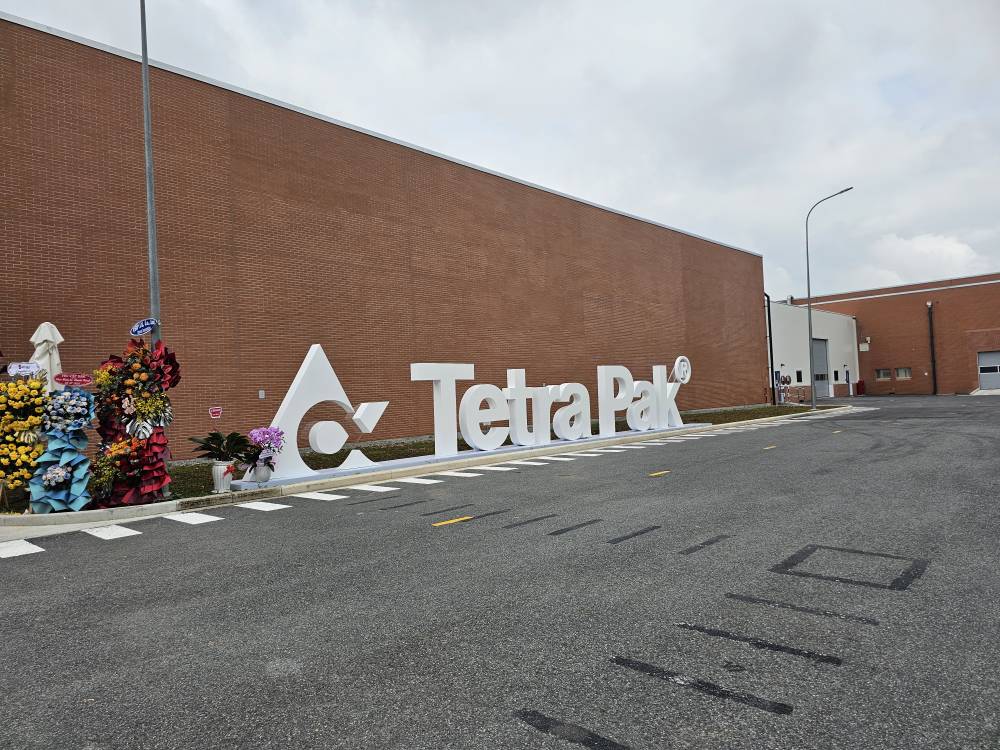
Alternative to plastic bottles
By expanding its capabilities in Vietnam, Tetra Pak can now better serve neighboring countries in the Asia Pacific, including the Philippines.
The challenge now is toppling plastic bottles from their throne in the coffee and tea packaging category.
For their part, Jose explains they have been hosting open house sessions for brand owners in the Philippines, hoping to change their mind and see the benefits of carton packaging: sustainability and recyclability.
These sessions also allow Tetra Pak to gain consumer insights that will later shape their strategies and turn interest into practice.
But convincing and converting will take some time, he says.
“Through our business development team in the Philippines, we continue to try to talk to beverage players to see if there’s any interest in the ideas that we have,” Jose adds.
For now, Tetra Pak hopes that its efforts are enough to open the gates to packaging coffee and tea by 2026, thus starting a new era for the 74-year-old company.
“We have done a lot of work in terms of understanding the category … we translate these insights into actual opportunity platforms that customers can look at,” Jose says.

